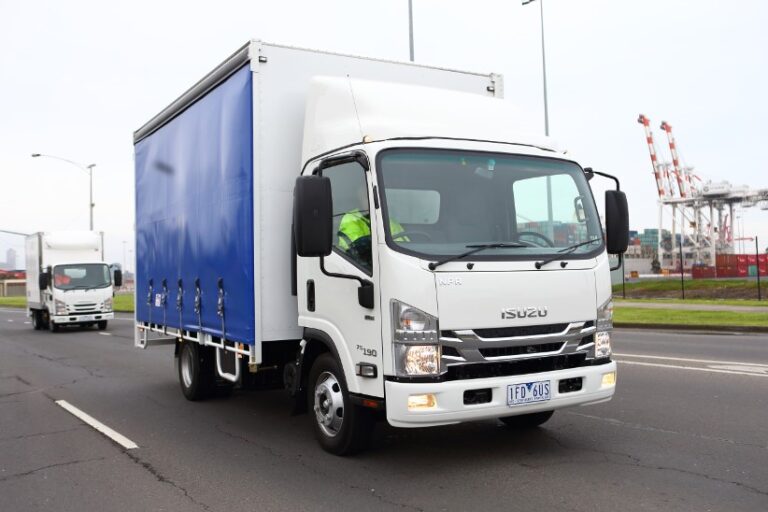– By Gerard Norsa –
Buying any new vehicle is a confusing process but when the purchase decision a fleet manager makes is also critical to the logistics of business operations, the choice enters a new realm of complexity.
There are just so many options on the market for light commercial vehicles (LCVs) and small trucks which makes working through choices somewhat bewildering. There is a wide range of manufacturers offering myriad combinations of body types, payload capacities, wheel bases, engine and transmission combinations which can be a daunting task to wade through for the uninitiated.
While there is definitely a worthy role for vehicles that slot into the lower end of the LCV payload capacity scale, it is an all-too-frequent sight on our roads to see a van or ute overloaded and showing signs of a very hard life.
Vehicles that are regularly overloaded shred tyres and burn through brakes quicker, suffer from component failure far more often than they should, require higher levels of maintenance and often have a far shorter lifespan than would be obtained from a vehicle that was engineered to carry more weight.
And that’s to not mention the safety issues for drivers and other road users as over-laden vehicles will be more difficult to steer and stop.
Even though the initial purchase price for smaller LCVs is lower, if it is being used to convey loads that are in excess of manufacturer’s recommendations, it could well end up costing more over the full life-cycle of the vehicle than a slightly larger light truck that is engineered to do the task comfortably.
So, being armed with some basic information about which vehicles are suited to specific work tasks and an understanding of the terminology in common usage will help fleet managers to hone in on the right decision and land on the right side of the total cost of ownership equation.
Isuzu recently released a comprehensive New Truck Buying Guide which is designed to help you select and buy the right vehicle for commercial conveyance. It includes advice on selecting models already fitted with a body as well as bare ‘cab chassis’ options where the standard cab, chassis, engine, transmission and driveline etc. are purchased waiting for the customer to fit an appropriate body that suits the individual application.
Step one according to the guide is to familiarise yourself with the application or task you require your truck to perform, i.e. the type of load you need to carry, how far you need to carry it and over what type of roads. Most existing or potential commercial fleet and light truck operators will have a pretty good idea of these core requirements.
Other considerations that you have to take into account include width and height dimensions that are required to carry the loads and whether the wheelbase of the truck allows for a safe loading with weight evenly distributed between the axles of the vehicle.
The payload that an LCV is expected to carry is a crucial starting point as this is generally the demarcation that manufacturers use to group their ranges.
For example, a three tonner will have its driveline, suspension, brakes and rolling stock engineered under regulatory guidelines to carry up to 3000 kg safely. Loading such a vehicle beyond that capacity will have detrimental impact on optimum performance, safety, fuel economy and maintenance.
The bottom line for fleet owners looking to buy new LCVs is to arm yourself with core information about what you are using the vehicle for and the sort of distances you are expecting to cover and then talk to dealers and your fleet management organisation. They are the specialists when it comes to making the right choices in regards to size of vehicle, engine capacity and payload limits and will be able to run you through the options and enunciate their pros and cons.






